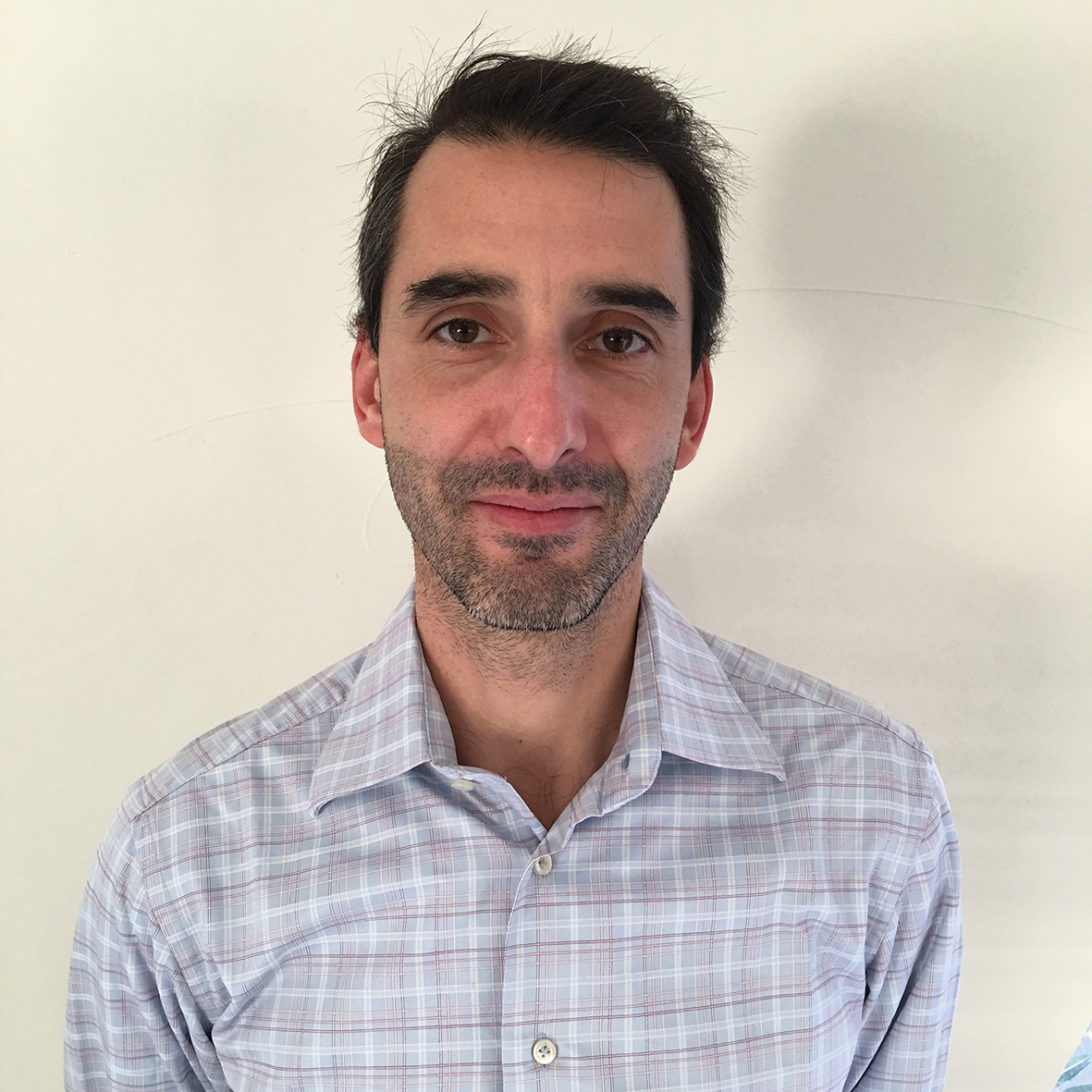As IoT matures, organisations are looking for a set of capabilities and microservices that encompass their cloud and connectivity needs from installation, through to device management, monitoring and location based services. They are increasingly looking for these functionalities packaged together and offered for a monthly rental fee, thereby simplifying management, enabling transparent cost control and aiding rapid IoT deployment. Here, Robin Duke-Woolley, the chief executive of Beecham Research, discusses with Cyril Hullin, the vice president of product marketing for Cloud & Connectivity Services at Sierra Wireless, the priorities organisations have and how the company is addressing them.
RD-W: How has the Sierra Wireless Cloud and Connectivity portfolio evolved over the last year? What have been the main priorities?
 CH: There are two dimensions to the evolution of our portfolio and our ambitions. On the one hand there are incremental evolutions on the AirVantage platform as a transversal platform for connectivity and SIM lifecycle management and also traditional device management. We are integrating more mobile network operators (MNOs) and there is also a specific focus in the US where we are integrating FirstNet for emergency blue light needs. We are also integrating Rogers in Canada for SIM lifecycle management, in addition to the list of MNOs we have communicated about in the past. In terms of device management, this continues to evolve for our modules. For our gateways, this is with our AirLink line-up under the service called ALMS – AirLink Management System.
CH: There are two dimensions to the evolution of our portfolio and our ambitions. On the one hand there are incremental evolutions on the AirVantage platform as a transversal platform for connectivity and SIM lifecycle management and also traditional device management. We are integrating more mobile network operators (MNOs) and there is also a specific focus in the US where we are integrating FirstNet for emergency blue light needs. We are also integrating Rogers in Canada for SIM lifecycle management, in addition to the list of MNOs we have communicated about in the past. In terms of device management, this continues to evolve for our modules. For our gateways, this is with our AirLink line-up under the service called ALMS – AirLink Management System.
RD-W: What do you mean by transversal platform?
CH: By transversal we mean that AirVantage is more and more being developed as a set of capabilities and microservices which we want to make available to all of our offerings. So in the past, our managed connectivity service (MCS) in the US relied on AT&T, Verizon and T-Mobile SIMs, a gateway which we service for end customers with a package including installation, monitoring, service level agreement (SLA) and other items all packaged in a monthly rental fee. This used to be deployed and operated as a standalone platform but is now integrated within AirVantage and is being operated via a set of microservices enabled by AirVantage.
RD-W: When you say a set of microservices, as opposed to a platform, what do you see as the difference between them?
CH: Billing, rating, provisioning, device management and location based services. All those are capabilities which are developed on AirVantage and which can be mashed up and offered to customers via a solution or offer, dedicated to an application or a vertical. These are a set of optional microservices as opposed to a platform where everything is included in the standard offering. This gives us very valuable flexibility for the creation of new solutions
and offers.
RD-W: When you say integrating with more MNOs, what do you mean by integrating?
CH: In the same way that AirVantage enables the SIM lifecycle management for our SmartSIM – produced via our global MVNO capabilities, we integrate the provisioning application programme interfaces (APIs), Radius management and so forth for MNO SIMs. It means that a customer with a heterogeneous set of SIMs from legacy MNOs and our SmartSIMs can manage all these SIMs from a single pane of glass. With a unified set of APIs, they can provision, activate, re-rate and monitor consumption of all the various SIMs connected to the platform.
RD-W: So that means if your customer has connections to particular MNOs, you can integrate those into the platform so you can provide a single pane of glass across a variety of MNO connections?
CH: Exactly. That is very important because many if not most of our customers have a mix of SIMs and it is very convenient for them to work with a single pane of glass for all those management activities.
RD-W: So that covers the connectivity management level. What about the device management level? Is that specific to Sierra Wireless modules and gateways only?
CH: Yes and no. We are managing for major customers devices that are not our own hardware. More of our strategy does focus on our own modules, so the best in class service is provided using our own modules and gateways but we have a very important capability to provide device management for other devices as well. Such devices need to comply with mainstream standards and protocols.
RD-W: What does that higher level of integration with Sierra Wireless devices provide?
CH: This is a more sophisticated proposition we have been investing in, called Octave. This brings a lot more value to an integrated solution. The Octave platform is able to monitor the end device in a very intimate way. It is able to pre-crunch the data and pre-analyse it – we call this orchestration – at the network edge. This is valuable to do at the edge. We can then store this data, filter it at the edge level and use it at that level, as well as forwarding it to a centralised capability in the cloud. We send to the cloud the data that is most valuable at the right time and then post-crunch that data on the centralised part of the platform.
We refer to this as decentralised data orchestration, where there is an edge data processing capability and a cloud processing capability to really establish what needs to be transported between the edge and the cloud. The aim is to minimise this to what is really meaningful and valuable for the end customer to run their application. This is a primary area we have invested in. It goes way beyond what is normally meant by device management.
RD-W: Can you give an example or illustration of a particular application where this type of arrangement is particularly valuable for your customers?
CH: A good example is battery-constrained applications. One of these is a customer who provides chemical battery storage for cell towers in the telecoms market, among others. They basically provide backup power for cell towers. Those battery packs need to be regularly monitored for their chemical situation, charging level, temperature and other factors. In those assets, technical key performance indicators (KPIs) need to be monitored every hour or two, or five times a day, and then that data is in some cases averaged to be stored locally. Only once a day will the device be woken up and the data sent to the centralised application to graph the updates of those technical KPIs and report on the need for pre-emptive maintenance. It is a combination of smartly using the on-air link and only using the wireless connection once a day to send just the meaningful and valuable data. The aim is to minimise the payload to what is meaningful to be sent and stored centrally.
The second example is a case for heating, ventilation and air conditioning (HVAC) systems. This is particularly focused on low power wide area (LPWA) modules that offer long battery life. Technical KPIs and the health factors for the HVAC units that are meaningful for anticipating maintenance needs are sent just once a week. The calculations are carried out at the edge and only the data that is meaningful is sent at the right time to the centralised platform or to the customer’s platform. This minimises the battery use.
RD-W: If only the minimum amount of data is sent to the central platform, with long intervals in between sending, then that clearly minimises the amount spent by the customer on the connectivity itself?
CH: Yes, it dramatically reduces the payload being transferred on the cellular link. It can be an order of magnitude less, so this can be seen as an issue for our connectivity offer but it brings a lot of value to the customer. It is really part of what we see that Sierra Wireless needs to bring to the customer – to put ourselves in the shoes of the customer. Yes, there is less airtime involved but on the other hand it enables use cases that would not have been possible otherwise. Even with the promise of narrowband IoT (NB-IoT) and Cat M1, the battery life is of critical importance. To smartly use the on-air link together with the processing at the edge is hugely important for this type of application. We then charge for the whole package.
RD-W: So you are monetising the edge processing, the connectivity to the cloud and the processing in the cloud as one package?
CH: Yes. In some cases, we even bundle all of that for a fixed fee related to our customer’s use of that asset – collecting and processing valuable data at the edge so many times per month and then sending it to the centralised platform for further analysis. We model that and charge a set subscription fee per month which covers the edge treatment, the transport and the centralised treatment. We expose to the customer’s application only when it is meaningful and we have done all the data orchestration for the customer up front.
RD-W: So there is quite a lot of configuration you need to do both at the edge and in the cloud to provide what the customer is looking for. Is that the case?
CH: Yes, we need to understand together with the customer their use case and the value of the data points that are meaningful to them, but the magic of what we have created is a platform that really can be easily tuned and adapted to the customer’s use case. It is not something that is very heavy in terms of integration. In two days, we can collect the customer’s data stream at the edge, store it and create a transmission pattern that suits our customer’s needs. It is part of the magic of the platform that we can rapidly programme the data streams for pre-crunching and transport towards the cloud. Also, the language used for this solution is Java Script, so if there is a need to create new elements of the solution for particular customer needs, this can be done quickly and easily.
RD-W: So where are you heading with this in the future? Can you say something about your future roadmap?
CH: We have interesting ambitions to expand the spectrum of what AirVantage offers, in particular in the area of location-based services. This includes more sophisticated use of AGNSS capabilities in our modules. We are aiming to strengthen our ability to provide location-based services in our modules and as part of the SIM lifecycle management platform. Another big area for us is FirstNet in the US. We are one of the first, or even perhaps the first, to provide the FirstNet highly resilient connectivity offer to government agencies in an integrated way with gateways and with a single pane of glass view where our customer can manage all of their SIMs under one view. We are a one stop shop for FirstNet users and this is a very important part of our offer.










